Archaeoastronomy is the science that studies archaeological sites, their constructions and their relation with astronomical observation. It aims to understand the knowledge of ancient societies about the celestial dynamics from archaeological traces related to the theme. It admits that ancient people used such type of knowledge to orient their cities and temples in regards to the movement of the stars and to count time by means of stone callendars.
The need to guide oneself through astronomical references in the past was essential to regulate the development of a great number of activities which depended directly on that knowledge for a good performance (such as hunting, fishing and farming). Nowadays, such need seems forgotten, if not decreased and unnoticed.
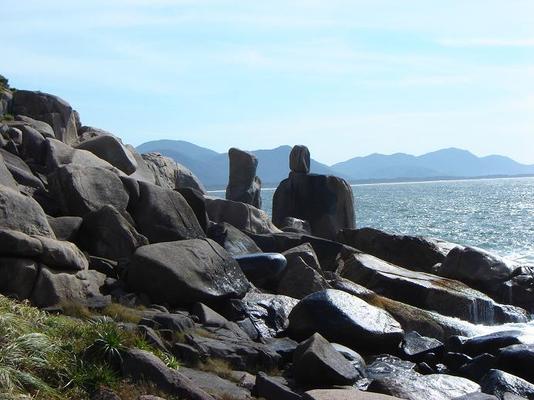
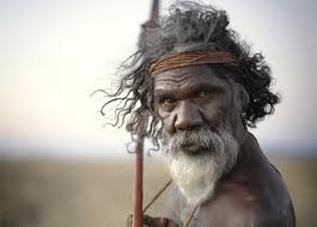
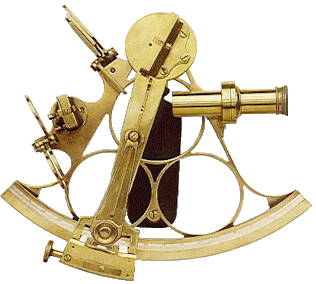
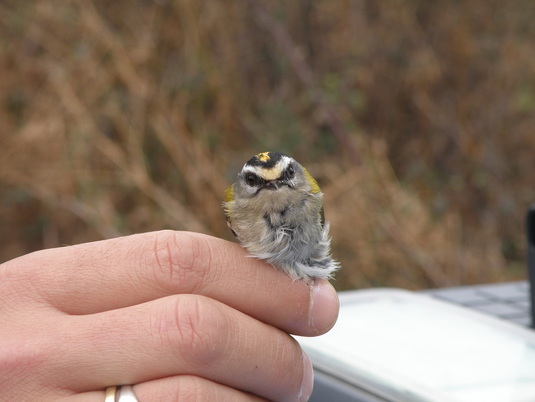
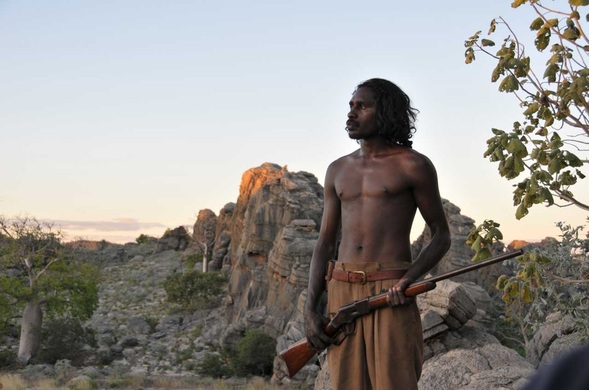
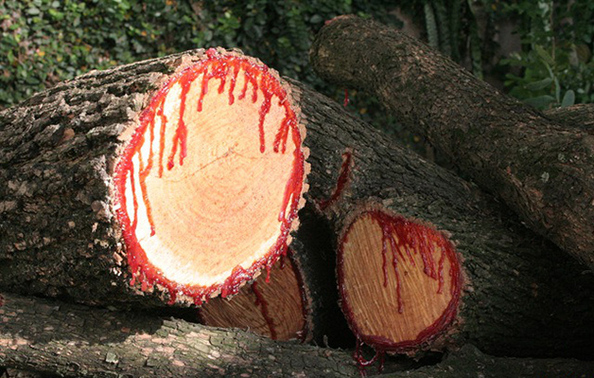
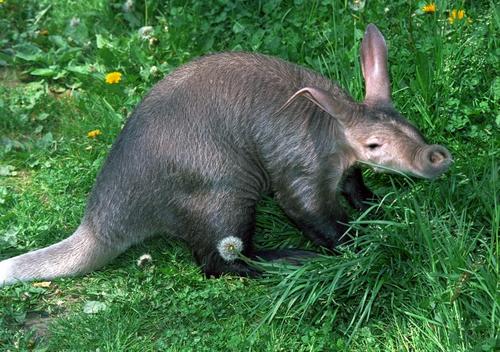
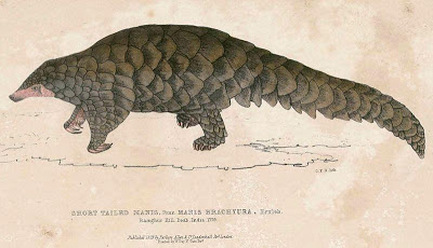
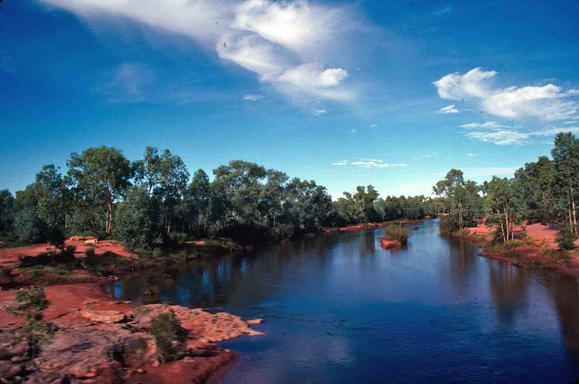
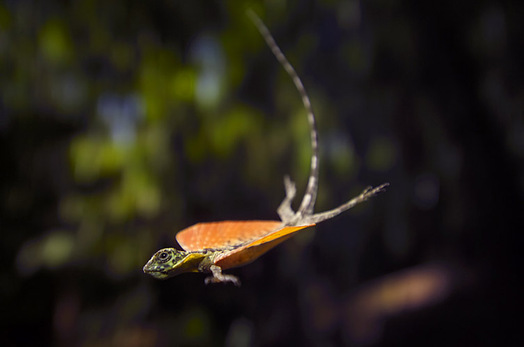
 RSS Feed
RSS Feed